(Molds, Yeast, Mildew, Mushrooms), FungiThe vast majority of fungi are multicellular and terrestrial, although about 500 species are marine The kingdom is classified into three phyla or divisions the Zygomycota (zygosporeproducing fungi), Ascomycota (sac fungi), and Basidiomycota (club fungi) Fungi have pronounced effects on human societies, both positive and negativeStructure that resembles a club 4 The reproductive structure is called a basidium 5 Fungi in this phylum do not appear to have a sexual phase in their life cycles Reviewing Key Skills Interpreting Graphics Use the diagram to answer the following questions on the life cycle of a zygomycete Sporangium Spores (N) Sporangiophore A Zygospore (N)
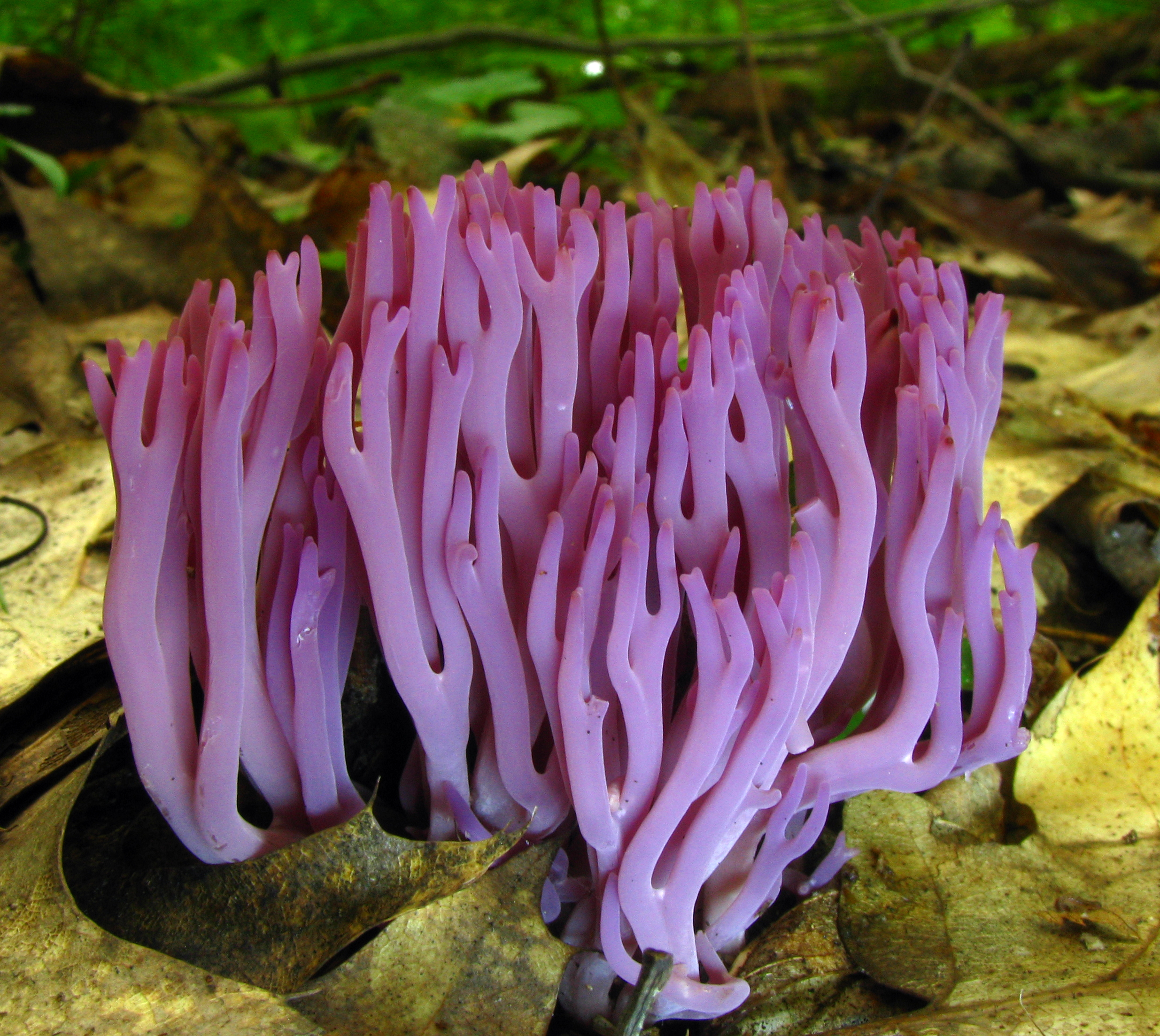
Clavarioid Fungi Wikipedia
Club fungi diagram
Club fungi diagram-Spread spores that grow on stalks and are released when mature sac fungiThe five true phyla of fungi are the Chytridiomycota (Chytrids), the Zygomycota (conjugated fungi), the Ascomycota (sac fungi), the Basidiomycota (club fungi) and the recently described Phylum Glomeromycota ( Figure ) Fungal phyla Note "mycota" is used to designate a phylum while "mycetes" formally denotes a class or is used
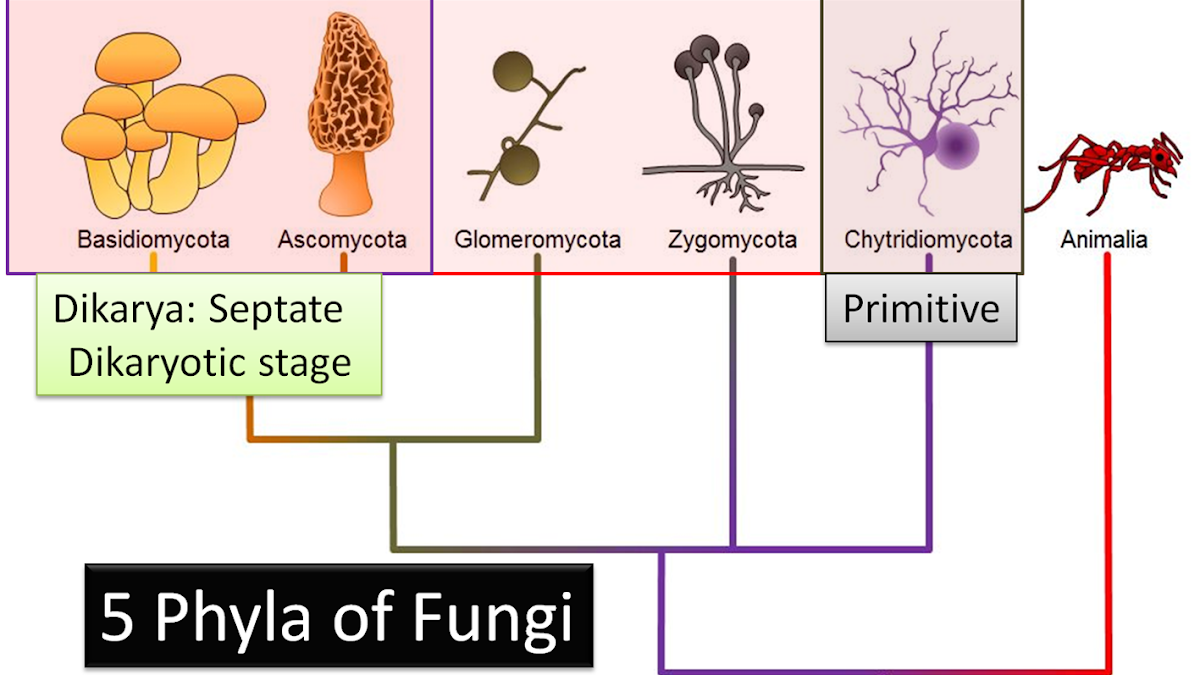



Classification Of Fungi Into 5 Phyla Flow Chart With Examples
28 Diagram Of Fungi Basidiomycota Club Fungi Jelly Fungi Fungal Cell Diagram Top Electrical Wiring Diagram Cell Wall Plant Fungal Bacterial Structure And Functions Cell Wall Accumulation Of 35 S Labeled Cryparin A Min Pulse OfFungi Coggle Diagram Fungi (Characteristics, Structure (Hyphae, Produce enzymes, Most are manycelled, Most are saprophytic, Long filaments of hypae which form a mycelim), Phyla (Ascomycota (Sac Fungi), Basidiomycota (Club Fungi), Oomycota (Water Molds), Deuteromycota (Imperfect Fungi), Zygomycota (Bread Molds)), What are?Sac Chytrid O Have reproductive cells with flagella O Contain cell walls O Release chemicals to break down food O Lack hyphae 3 Answers (2) Rishi House 2
The fungi in the Phylum Basidiomycota are easily recognizable under a light microscope by their clubshaped fruiting bodies called basidia (singular, basidium), which are the swollen terminal cell of a hyphaThe basidia, which are the reproductive organs of these fungi, are often contained within the familiar mushroom, commonly seen in fields after rain, on the supermarket shelves,Yeasts Yeasts are members of a higher group of microorganisms called fungi They are singlecell organisms of spherical, elliptical or cylindrical shape Their size varies greatly but are generally larger than bacterial cells Club fungi belong to the division called Basidiomycota that consists of many species Its name the club fungi is related to its clublike
Club Fungi are the most common of the Fungi and are umbrella like in shape (Use your book) What is the club like structure of the mushroom called? Figure 45 1 Ascomycetes are called the cup fungi after the cupshaped fruiting body formed by many of the larger organisms in this group, the apothecium A few apothecia are shown on the left side of the diagram The right side shows a long section through an apotheciumMycelium the vegetative part of any fungus, consisting of a mass of branching, threadlike hyphae, often underground;
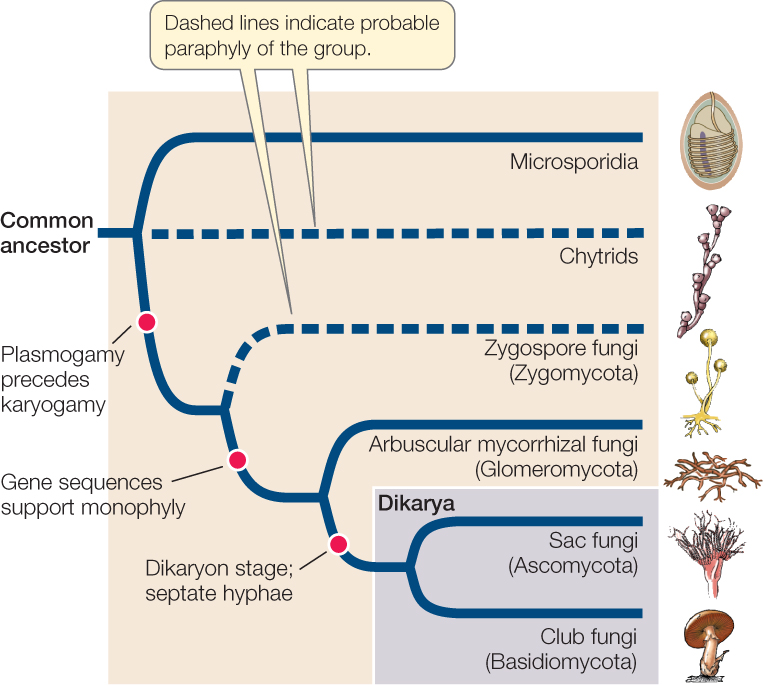



Hillis2e Ch22




Reading Fungi Biology Ii Laboratory Manual
Which type of fungus is shown in the diagram?Ascomycetes (Sac fungi) o Truffles and yeast Basidiomycetes (Club fungi) o Puff ball mushroom Zygomycetes (Zygote fungi) Fungus Reproduction Fungi produce spores in both asexual and sexual life cycles;Cell wall is composed of chitin, a polymer that consists of subunits of a nitrogencontaining sugarChitin is highly resistant to enzymatic breakdown




16 3 Macrofungi Biology Libretexts




Fungi Flashcards Quizlet
A club fungi C imperfect fungi B common molds D sac fungi In your textbook, read about club fungi and the life cycle of a mushroom Label the diagram of the mushroom and parts of its life cycle Use these choices basidium caps spores Unit 5 CHAPTER Fungi 23 24 25The diagram below shows the generalized life cycle of fungi Phylum Basidiomycota (Club Fungi) Some examples of basidiomycetes are mushrooms, puffballs, shelf fungi, birds nest fungi, and stinkhorns This group includes some serious plant diseases such as rusts and smutsBracket fungi (shelf fungi) a type of club fungus that grows slowly and lacks gills They are often found on the sides of trees and rocks ascus the reproductive structure where spores develop on sac fungi zygospore fungi black bread mold;




Fungi Diagram Quizlet




Basidiomycota The Club Fungi Biology For Majors Ii
It is a morphologically complex tissue and forms structures such as the typically mushroomshaped basidiocarps commonly seen in nature Sexual reproduction of the club fungi begins upon fusion of two primary hyphae to form a clubshaped structure, known as a basidiumFungi General characteristics Eukaryotes, whose cells contain membranebounded nuclei, mitochondria & other organelles;Phylum – Club Fungi Club fungi are the typical types of fungi that we think of as a mushroom The fruiting bodies of the club fungi vary widely and are grouped by general characteristics such as the area or structure on which their spores are formed For instance gill fungi are club fungi that reproduce on structures called gills
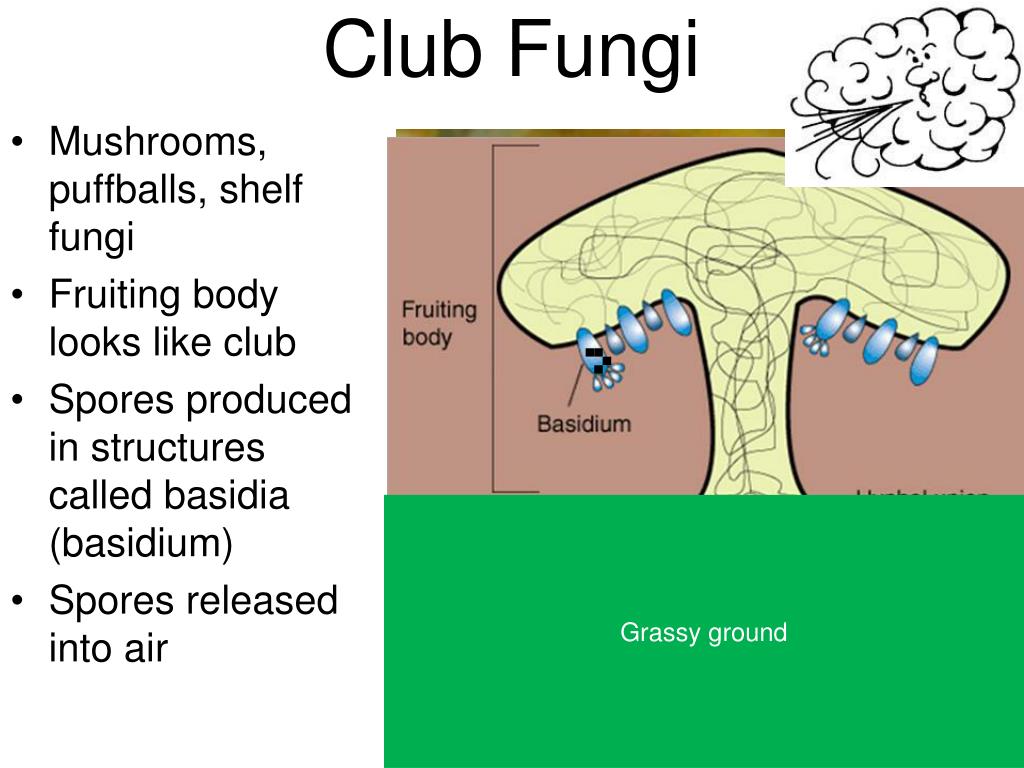



Ppt Kingdom Fungi Powerpoint Presentation Free Download Id
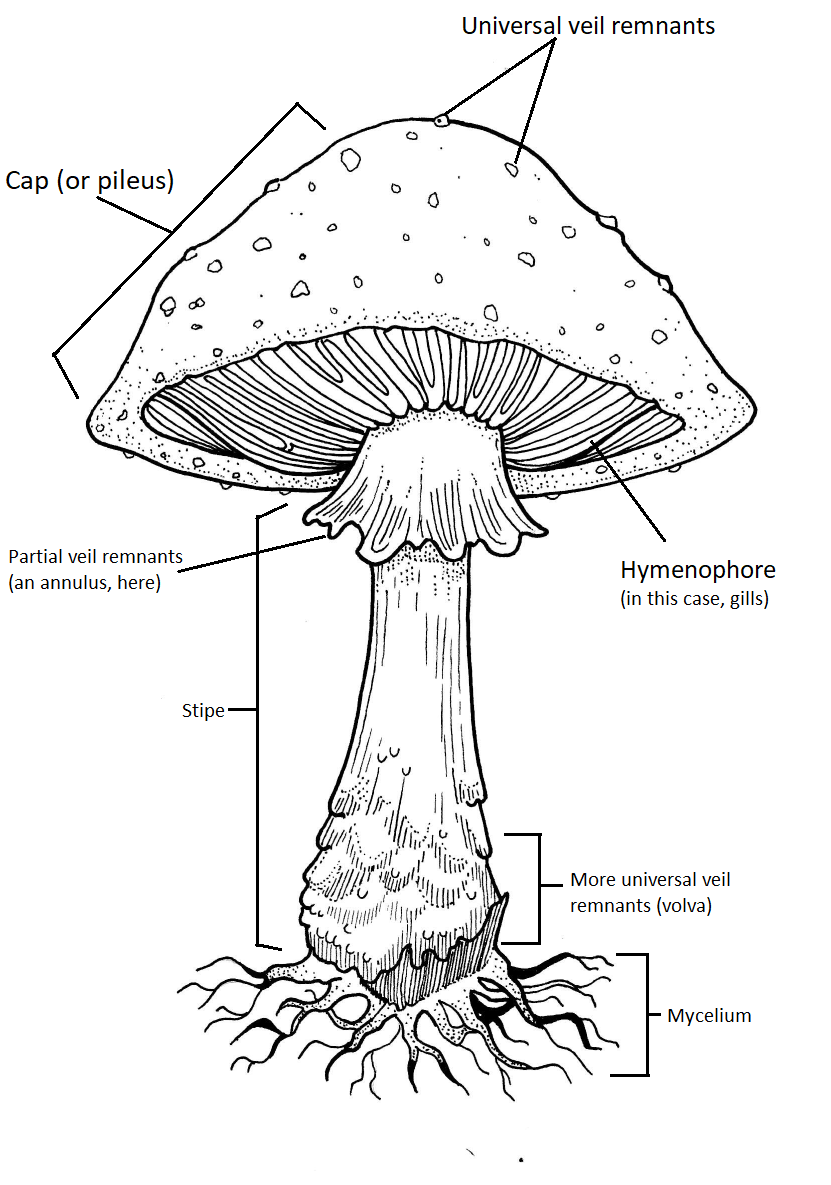



3 6 2 Types Of Basidiocarps Biology Libretexts
THE Fungus FILES 5 Introduction Throughout history, fungi have been regarded with great suspicion The ancients, wary of mushrooms that appeared like magic after a heavy rain, called them 'a callosity of the earth', 'earthly excrescences', and 'the evil ferment of the earth'In spite of leaving a bad first impression, these Jared drew a diagram to compare zygote and club fungi Which description belongs in the area labeled Questions in other subjects Mathematics, 00 Data on pulloff force (pounds) for connectors used in an automobile engine application are as follows 794 751 7 741 739 750 776 773 738 746 755 740 747 759 729 7Basidium a microscopic, clubshaped sporebearing structure produced by certain fungi Basidiocarp the sporocarp of a basidiomycete, the multicellular structure on which the sporeproducing hymenium is borne Mycelium the vegetative part of a fungus, consisting of a network of fine white filaments (hyphae)
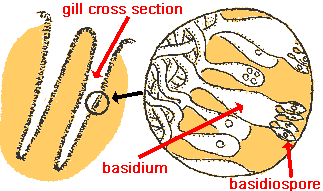



The Many Kinds Of Fungi



What Is The Difference Between Ascomycota And Basidiomycota Pediaa Com
The fourth, and final, division in the kingdom Fungi that we will cover is the phylum Basidiomycota This is the phylum that you are probably most familiar with because it contains fungi which are generally referred to as gilled fungi or gilled mushrooms However, with over 25,000 classified species, it also houses diverse members such as puffballs, shelf fungi, and rusts (which areErgosterol the functional equivalent of cholesterol found in cell membranes of fungi and some protists, as well as, the steroid precursor of vitamin D2;4 At one point scientists classified fungi as plants Complete the diagram below by bulleting the similarities and differences of plants and fungi Plant Evolution/Origin of Plants 5 Land plants evolved from green algae 6 List the similarities between land plants and their ancestor a
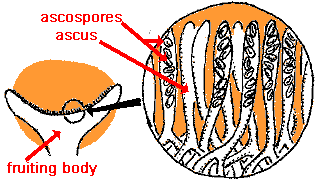



The Many Kinds Of Fungi
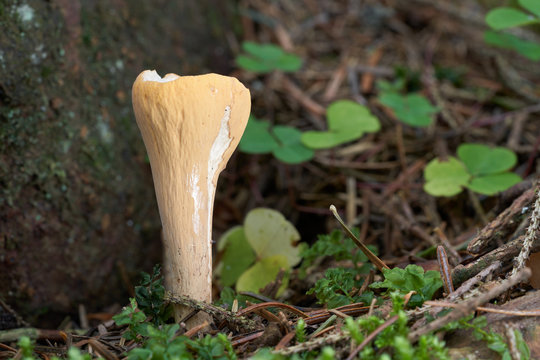



652 Best Club Fungi Images Stock Photos Vectors Adobe Stock
Some basidia develop grooves under the cap of the mushroom, what are these called and what do some hold?Mushrooms, puffballs, and stinkhorns;The Club Fungi Eric Swann and David S Hibbett This tree diagram shows the relationships between several groups of organisms The root of the current tree connects the organisms featured in this tree to their containing group and the rest of the Tree of Life The basal branching point in the tree represents the ancestor of the other groups




Fungi And Lichens
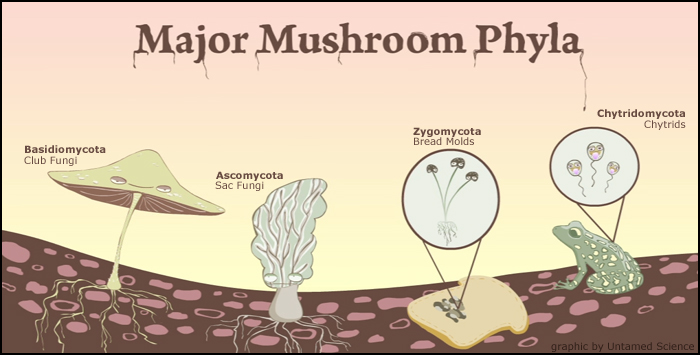



Fungia Archives Untamed Science
A fungus (plural fungi or funguses) is any member of the group of eukaryotic organisms that includes microorganisms such as yeasts and molds, as well as the more familiar mushroomsThese organisms are classified as a kingdom, separately from the other eukaryotic kingdoms, those being Plantae, Animalia, Protozoa, and Chromista A characteristic that places fungi in a different by Michael Fabey (Aerospace Daily and Defense Report/Aviation Week) Despite continued opposition from lawmakers like US Sen John McCain (RAriz), the US Navy will continue its efforts to leverage biofuels technology for3 Reproduce by mitosis What is the scientific name for the "club fungi"?




Chapter Fungi Mushrooms C Frans Lemmens Corbis Copyright C Mcgraw Hill Education All Rights Reserved No Reproduction Or Distribution Without The Prior Ppt Download
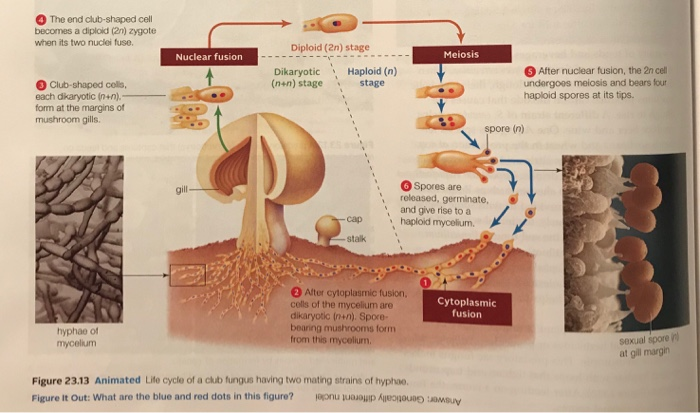



Please Help Me These Question In Each Diagram Please Chegg Com
The Basidiomycota (basidiomycetes) are fungi that have basidia (clubshaped structures) that produce basidiospores (spores produced through budding) within fruiting bodies called basidiocarps (Figure 8) They are important as decomposers and as food This group includes rusts, stinkhorns, puffballs, and mushroomsClub fungi is another name given to the group of fungi called Basidiomycetes They are called club fungi because their cells that bear sexual pores, which are called basidia, and they resemble the shape of a small club This diverse group includes fungi such as mushrooms, shelf fungi, coral fungi, jelly fungi, and so on Kingdom Fungi are classified based on different modes The different classification of fungi is as follows Based on Mode of nutrition On the basis of nutrition, kingdom fungi can be classified into 3 groups Saprophytic – The fungi obtain their nutrition by feeding on dead organic substances Examples Rhizopus, Penicillium and Aspergillus
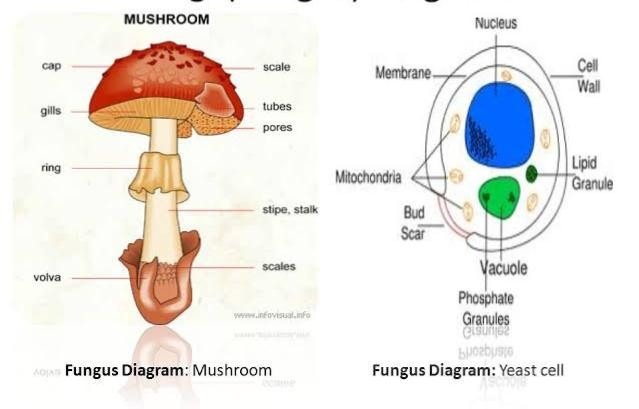



Fungi Distribution Morphology Reproduction Classification Microbiology Notes
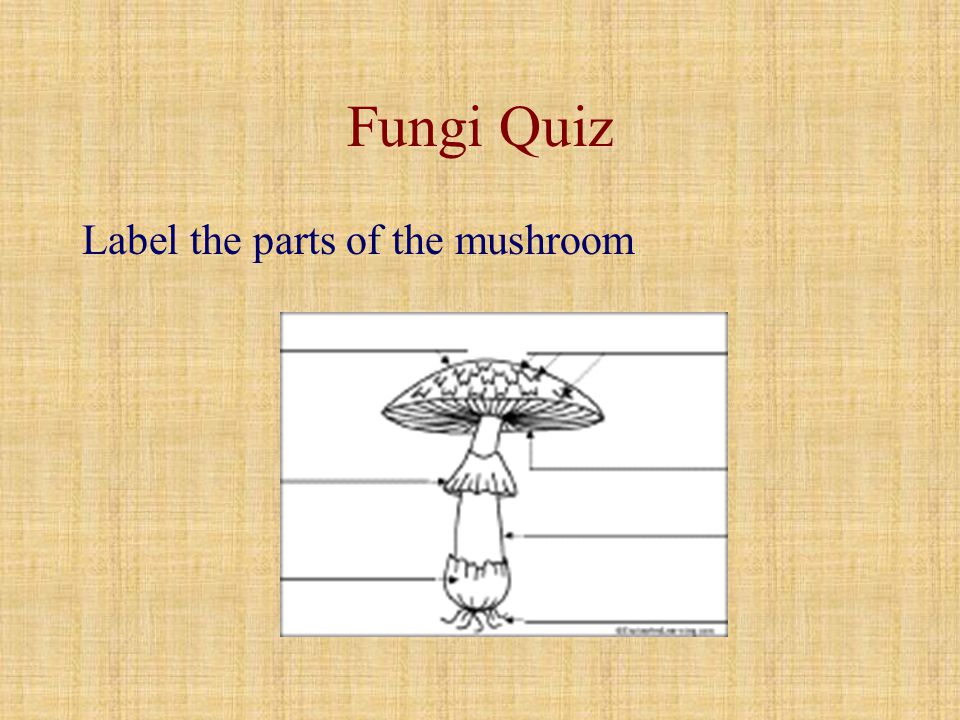



30 Diagram Of Mushroom With Label Labels Design Ideas
The life cycle of fungi Fungi life cycle fungi reproduce by spores It consists of the ascospores parent mycelium antheridia when present and young ascogonia Eukaryotes true nucleus and other organelles present Using a labeled diagram show the complete life cycle of a club fungus basidiomycete as discussed in classAnd the rusts and smutsBasidiomycota are typically filamentous fungi composed of hyphaeMost species reproduce sexually with a clubshaped sporebearing organ that usually produces four sexual spores (basidiospores)CHAPTER 14 Fungi structure and reproduction Introduction Section "A" The fungi are a group of eukaryotic, nonvascular organism Which are of diverse forms, sizes, physiology and reproduces both by sexual (meiotic) and asexual (mitotic) sporesExamples of fungi Mushrooms, yeasts, molds, Penicilliumthe first of the wonder drugs, penicillin, was isolated from this fungus and



Q Tbn And9gcshfj 32oc3k2rw0igdntqzee2lwlxk3itxyirvdwyqq3xbrixb Usqp Cau




The Fungi Kingdom Mycology The Study Of Fungi
Answer The answer is A club fungi Is yeast a fungus or bacteria?In this animated and interactive object, learners examine the lifecycle of fungi including asexual and sexual reproduction Learners test their knowledge by identifying a diagram and by completing a crossword puzzleSearch the world's information, including webpages, images, videos and more Google has many special features to help you find exactly what you're looking for



Http Www Hamilton Local K12 Oh Us Downloads 2 21 Fungi Kingdom Pdf
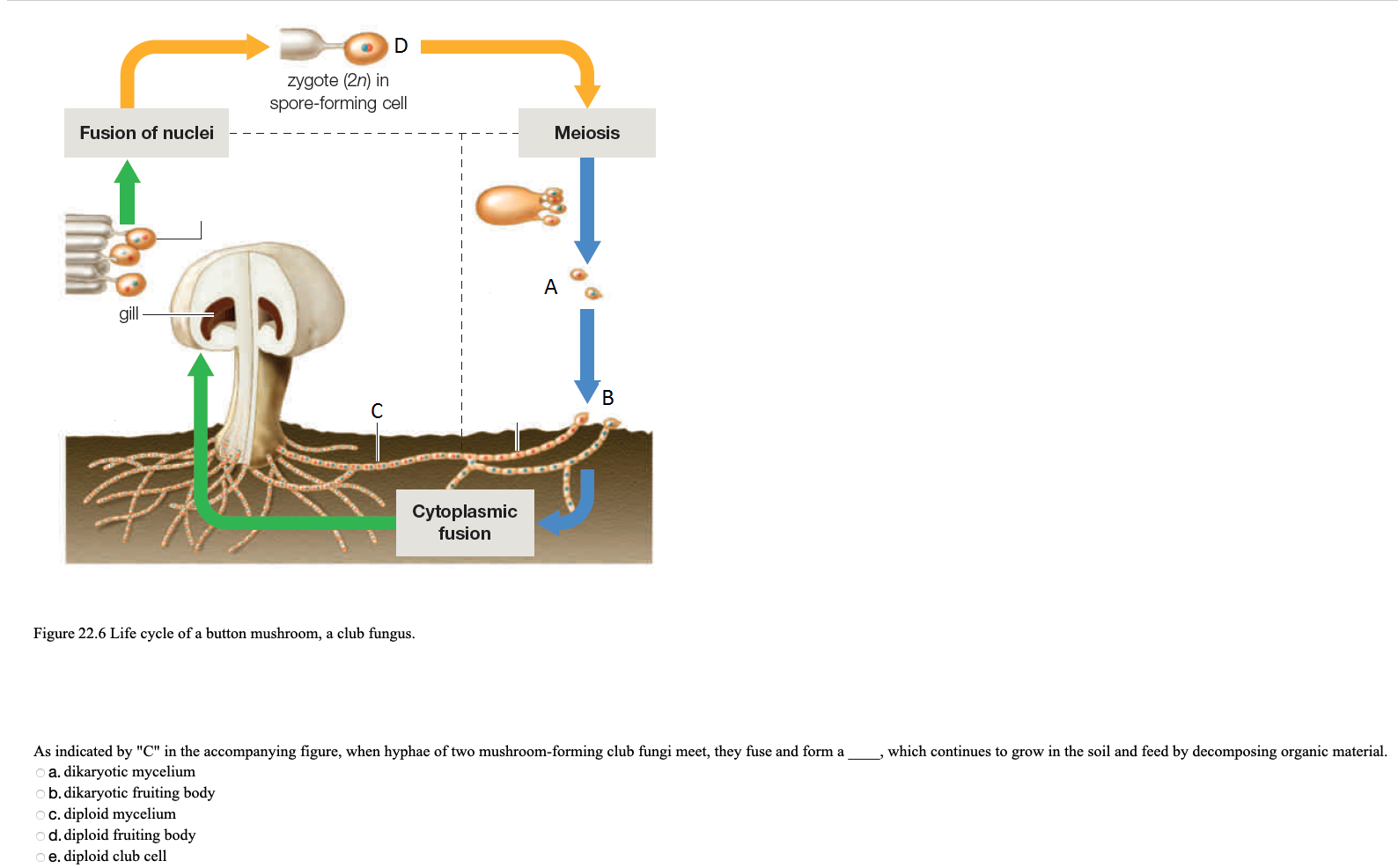



D Zygote 2n In Spore Forming Cell Fusion Of Nuclei Chegg Com
What are the characteristics of club fungi?Basidiomycota, large and diverse phylum of fungi (kingdom Fungi) that includes jelly and shelf fungi;Mushrooms let out spores from their pores that are carried by the wind to meet other spores and become new fungi




Club Fungi Kingdom Fungi Phylum Basidiomycota Fungi Kingdom Fungi Stuffed Mushrooms




Club Fungi Diagram Quizlet
Fungi are usually classified in four divisions the Chytridiomycota (chytrids), Zygomycota (bread molds), Ascomycota (yeasts and sac fungi), and the Basidiomycota (club fungi) Placement into a division is based on the way in which the fungus reproduces sexually The shape and internal structure of the sporangia,Fungus Fungus Life cycle of fungi In the life cycle of a sexually reproducing fungus, a haploid phase alternates with a diploid phase The haploid phase ends with nuclear fusion, and the diploid phase begins with the formation of the zygote (the diploid cell resulting from fusion of two haploid sex cells) Meiosis (reduction division) restores the haploid number of chromosomes andDiagram A Diagram B



Basidiomycota




The Average Normalized Spectrum Of The Stalks Of The Three Types Of Download Scientific Diagram
Basidiomycetes (myc=fungi) What type of reproductive structure is produced by the club fungi? The "club fungi" which are mushrooms shaped like clubs, are in this group Some people call all basidiomycetes "club fungi" because of the basidium About 22,000 species of basidiomycetes are known, but this is a rough estimate both because some mushrooms have been described as more than one species at different times and because what oftenADVERTISEMENTS In this article we will discuss about the life cycle of basidiomycetes with the help of suitable diagrams Mycelium of Basidiomycetes The well developed, filamentous mycelium consists of a mass of branched, septate hyphae generally spreading in a fanshaped manner The cell wall is chitinous in nature Within the cell wall is the plasma
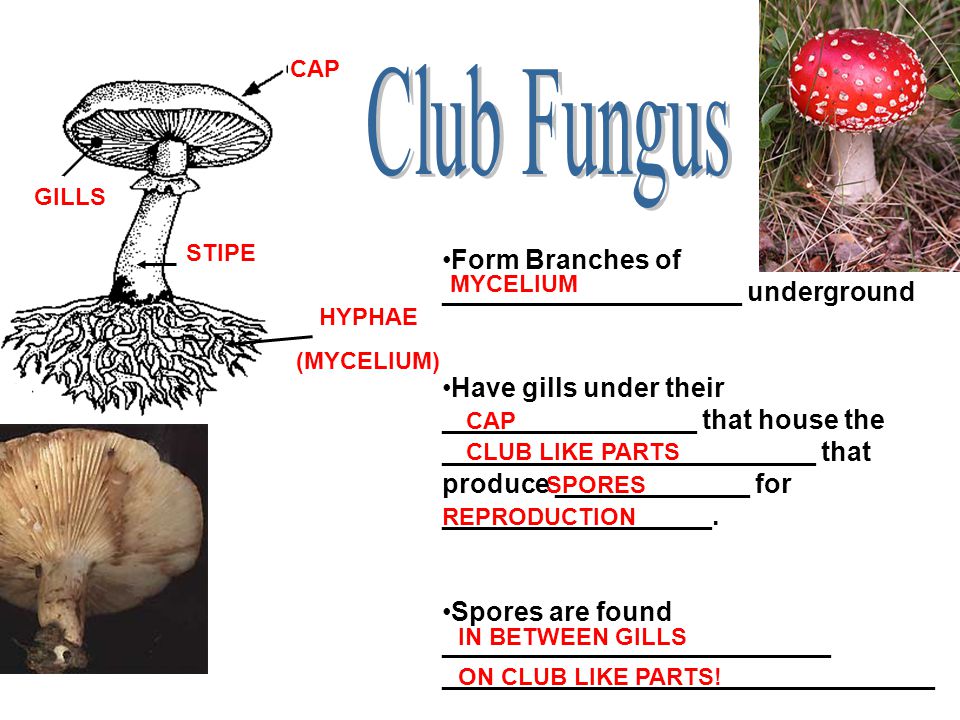



Vocabulary Chitin Ppt Video Online Download




Classification Of Fungi Into 5 Phyla Flow Chart With Examples
Key Terms glucan any polysaccharide that is a polymer of glucose;Georgette drew a diagram to compare chytrids and sac fungi Which description belongs in the area labeled Z?Introduction to Fungi Diagram Of Aseptate Mycelium kleru26 de CRUISE DIAGRAM FORD TRANSIT fussie de 01 Kia Sedona Wiring Diagram Ignition kleru26 de Hayabusa Owners Manual fraggorillazz de Science In Action 8 Unit E ankrumax de Biology 172L – General Biology Lab II Lab 5 /



Fungi Basidiomycota The Club Fungi Sparknotes




Pop Up Post Fungi I D Walk In West Olympia Native Plant Salvage Foundation
In ascomycota (sac fungi), the ascospores were enclosed in an ascus In basidiomycota, the basidiospores are not enclosed Compare the diagrams of a basidium with basidiospores above with that of an ascus with ascospores seen earlier Basidiospores germinate to produce monokaryotic (haploid, one nucleus per cell) hyphaeThe traditional divisions of Fungi are the Chytridiomycota (chytrids), the Zygomycota (conjugated fungi), the Ascomycota (sac fungi), and the Basidiomycota (club fungi) An older classification scheme grouped fungi that strictly use asexual reproduction into Deuteromycota, aHypha a long, branching, filamentous
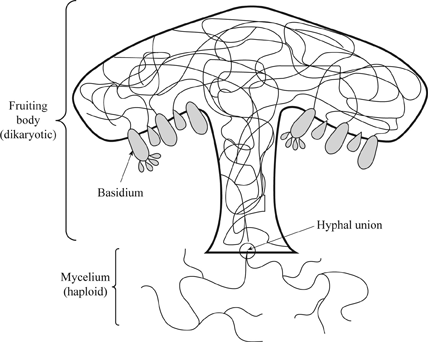



Definition Of The Major Groups Of Fungi Chegg Com



Bil 160 Lecture 18
The Fungi Kingdom 2 Basidiomycota (Club fungi ) have a clubshaped part which produces the spores 3 Ascomycota (Sac Fungi) produce spores in saclike structures EX yeasts, cup fungi, powdery mildews, & lichens Lichens 4 Types of Fungi a fungus and an organism with chlorophyll (cyanobacteria or algae) that live togetherBasidiomycota are filamentous fungi composed of hyphae (except for basidiomycotayeast) and reproduce sexually via the formation of specialized clubshaped end cells called basidia that normally bear external meiospores (usually four) These specialized spores are called basidiospores However, some Basidiomycota are obligate asexualThe common mushroom Use a labeled diagram to describe the cap and gills of a club



Club Fungi




Exam Preparation Biology Study Material And Notes
Basidiomycetes – The Club Fungi 1 Basidiomycetes (Gk basidium small base, mykes fungus) are the most advanced and most commonly seen fungi as their fructifications are often large and conspicuous, eg, mushrooms (gill fungi), toadstools, puff balls, bracket fungi, etc 2 The class contains about 25,000 species 3Fungi The division of fungi known as the club fungi, Basidiomycota, includes some of the most familiar fungi Mushrooms, puffballs, and shelf fungi are all members of this group, as are the plant rusts and smuts This group, which contains approximately 15,000 known species, is distinguished by the presence of a club shaped reproductive organ2 When mushrooms make a large circle in your yard, what is it called?



Life Cycles Of Fungi Biolympiads




Phylum Basidiomycota The Basidiomycetes Club Fungi



Fungi
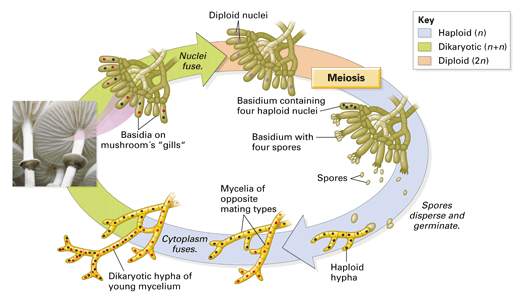



Chapter 18 Concept 18 2



Fungi Ascomycota Sparknotes




Club Fungi Reproductive Structures Are Shown In The Image Below What Benefits Are There In Having Brainly Com




Please Answer Asap The Diagram Shows The Inside Structure Of A Fungus Which Best Describes The Brainly Com



The Wonderful World Of Fungi



Fungi
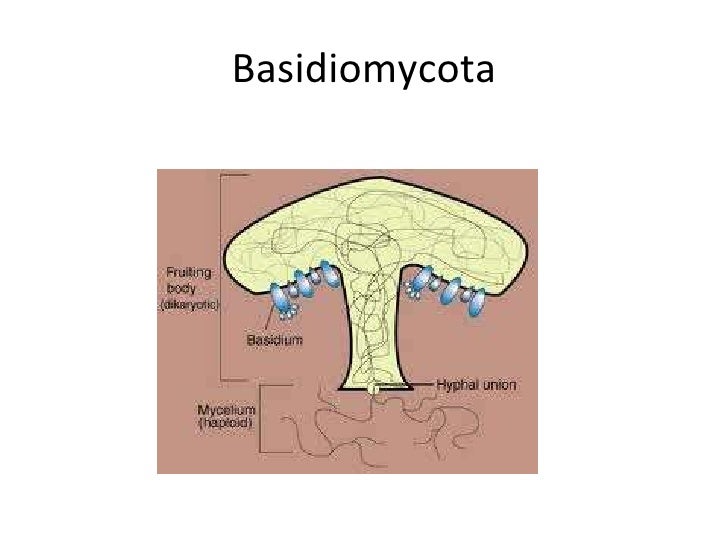



Fungi




Kingdom Fungi Cont Flashcards Quizlet
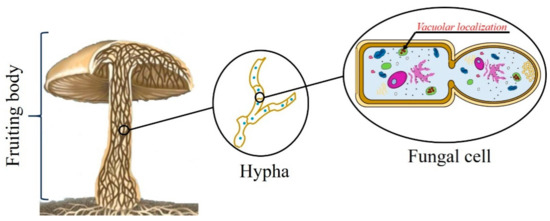



Toxins Free Full Text Ageritin From Pioppino Mushroom The Prototype Of Ribotoxin Like Proteins A Novel Family Of Specific Ribonucleases In Edible Mushrooms Html




Clavarioid Fungi Wikipedia




Basidiomycota




Tips For Identifying And Photographing Mushrooms The Canadian Nature Photographer




Fungus Form And Function Of Fungi Britannica



Fungi



1




Intro To The Fungi Life Cycle Plantsnap




Classification Of Fungi With Diagram
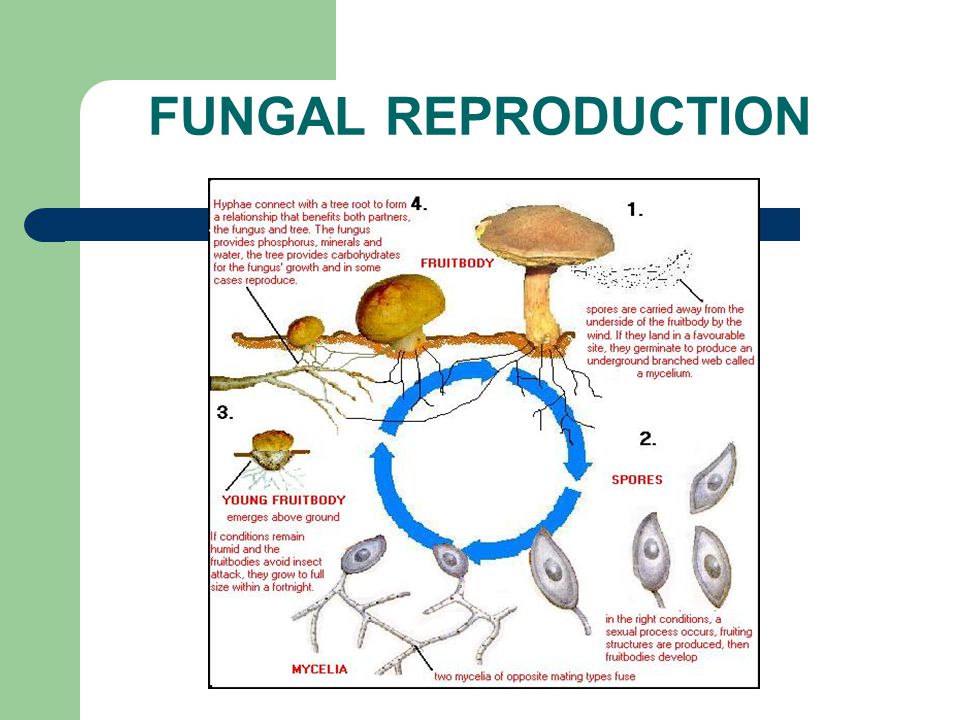



Reproduction In Fungi Asexual And Sexual Methods Online Biology Notes



Life Cycles Of Fungi Biolympiads



1
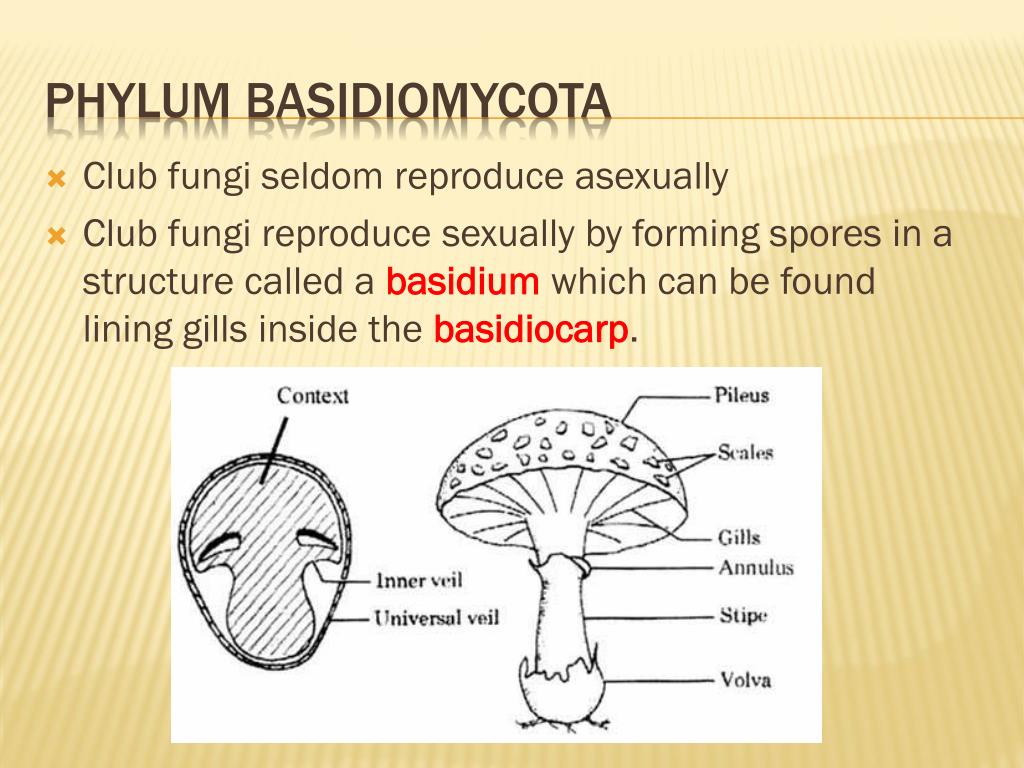



Ppt Kingdom Fungi Powerpoint Presentation Free Download Id




Classifications Of Fungi Openstax Biology 2e




Basidiocarp Wikipedia



Amycochran Weebly Com Uploads 5 7 8 8 Fungi Characteristics Worksheet Pdf
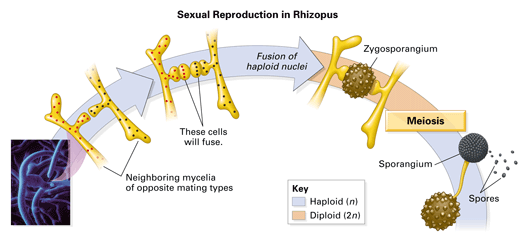



Chapter 18 Concept 18 2
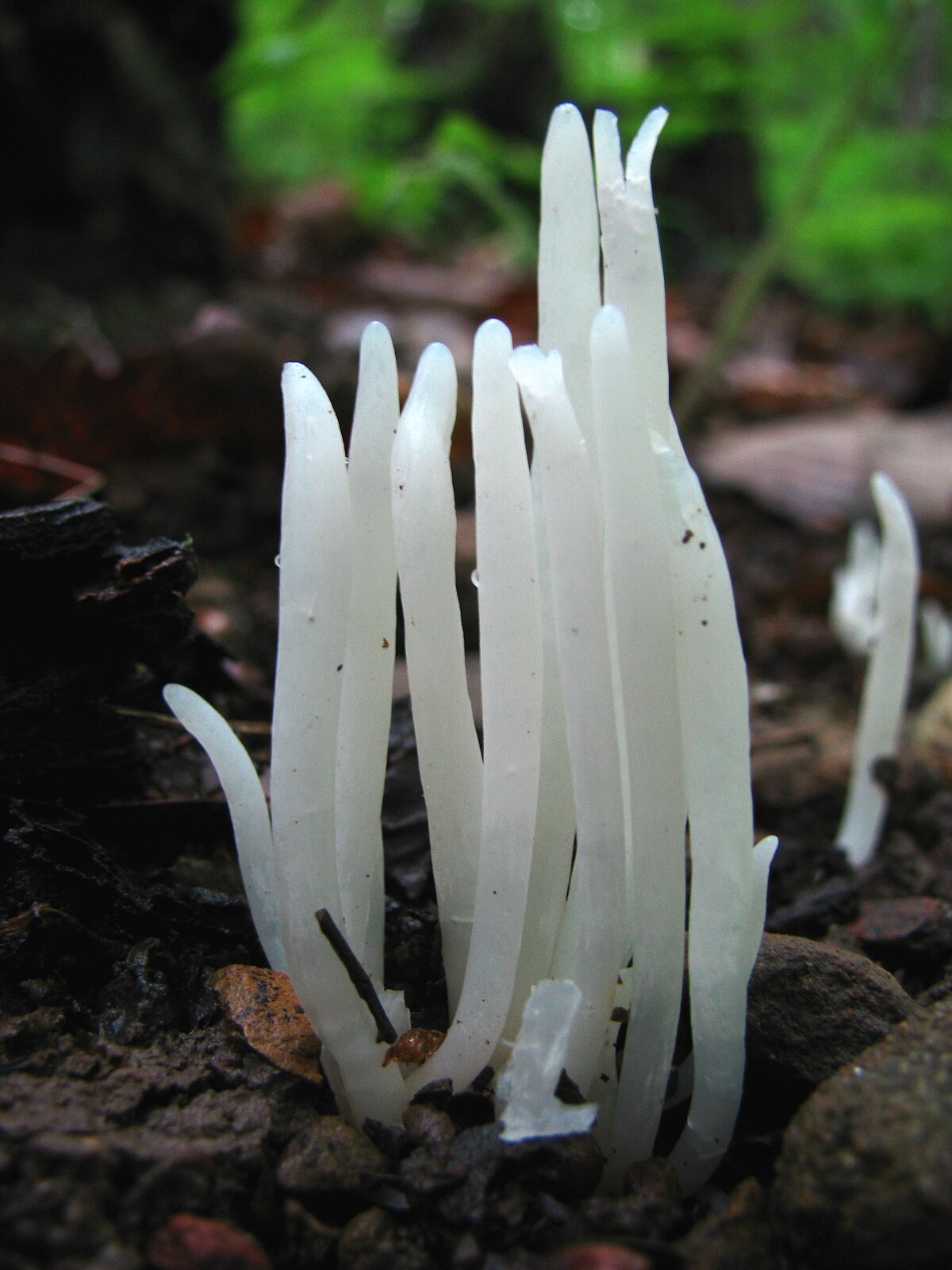



Clavaria Fragilis Wikipedia
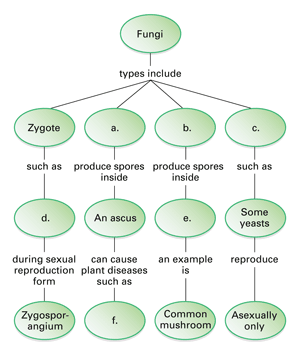



Chapter 18 Chapter Review



About Club Fungi




Learn About Club Fungi Chegg Com




Amy B S Bio Blog Fungi




Fungus Wikipedia



Chapter 11 Protists And Fungi 7th Grade Science Kile Mingo




Chapter 21 Kingdom Fungi Notes Ppt Download




Semoneapbiofinalexamreview N Fungi 31 Ciencias Quimica Biologia Botanica
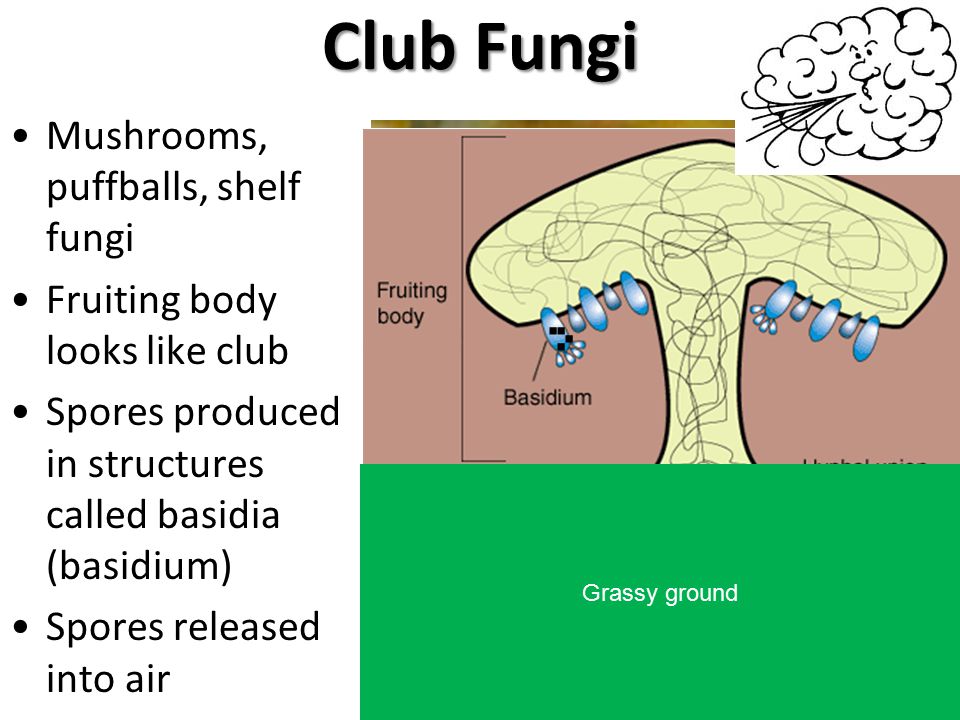



Kingdom Fungi Ppt Video Online Download




Hillis2e Ch22




Basidiomycetes Biological Classification Vinay Biology Youtube



Club Fungi King Of Kingdom S By Evan




Jared Drew A Diagram To Compare Zygote And Club Fungi Which Description Belongs In The Area Labeled Brainly Com




Reading Fungi Biology Ii Laboratory Manual




Fungi Diagram Quizlet




Chapter 13 Bju Biology 5th Edition Diagram Quizlet
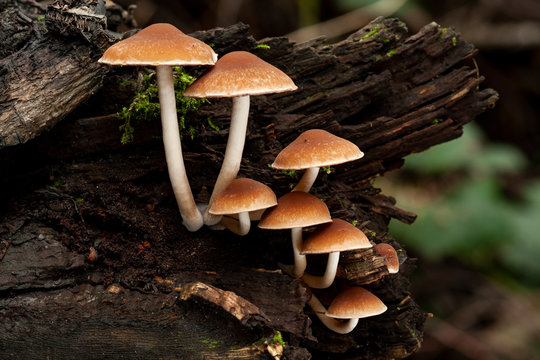



652 Best Club Fungi Images Stock Photos Vectors Adobe Stock




4 Basidiomycetes Club Fungi



Fungi




30 Diagram Of Mushroom With Label Labels For Your Ideas




Ppt Club Fungi Powerpoint Presentation Free Download Id
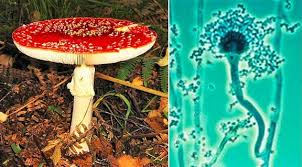



Kingdom Fungi Characteristics Structure Schoolworkhelper




Club Fungi Flashcards Quizlet




Phylogenetic Relations Of Fungal Phyla Adapted From Bear Et Al 16 Download Scientific Diagram




Learn About Club Fungi Chegg Com
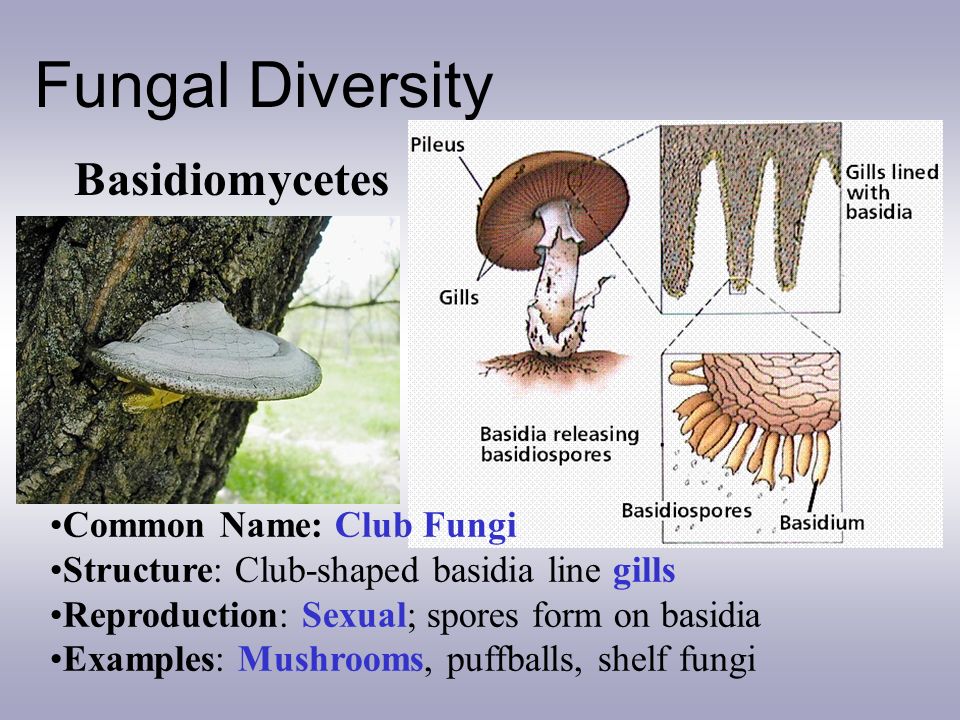



Characteristics Of Fungi Ppt Video Online Download




Fungi 1 Fungi Mycology Study Of Fungus 2



1



Fungi Cycles A C Metzgarscience



Fungi Basidiomycota The Club Fungi Sparknotes
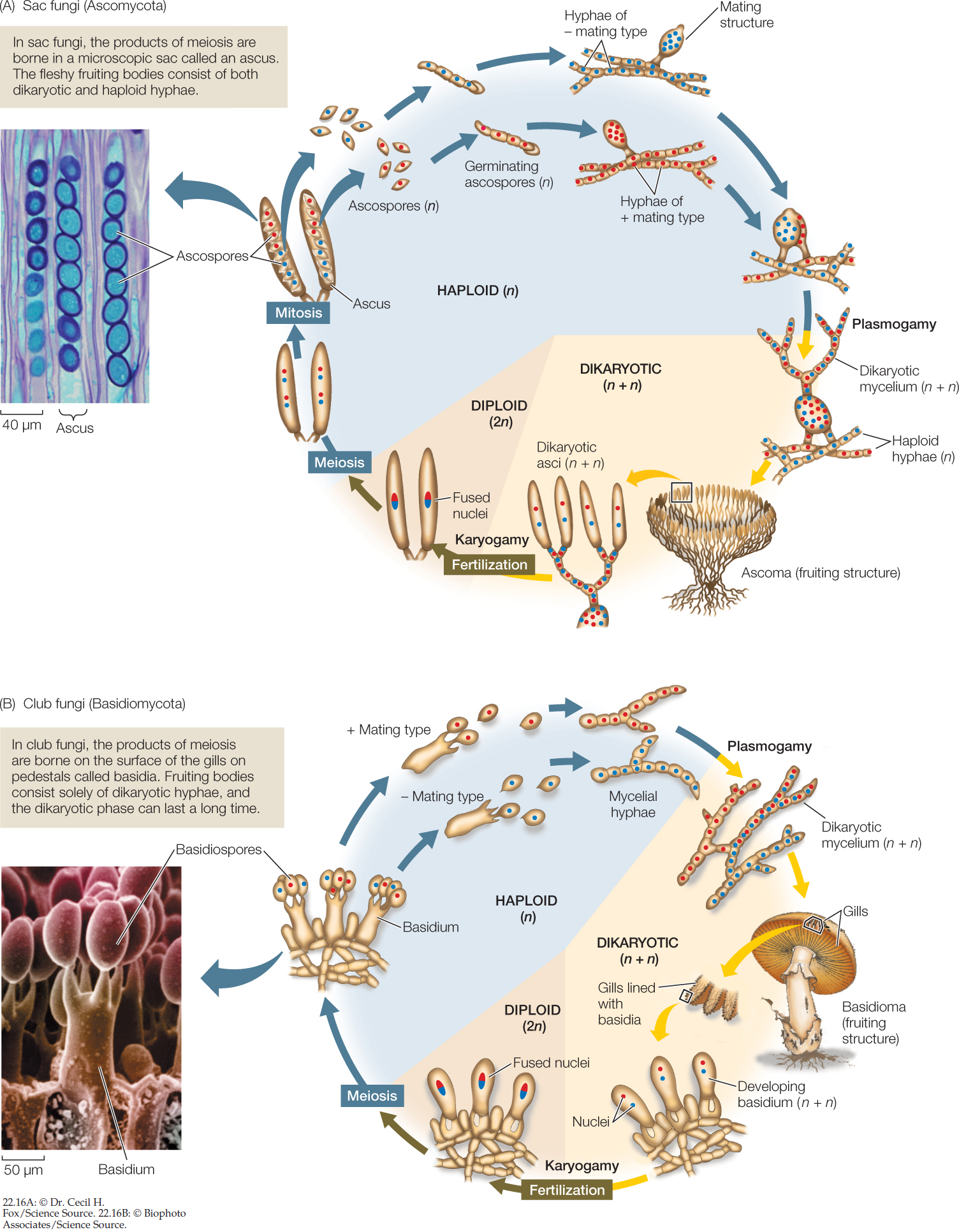



Hillis2e Ch22



Fungi Basidiomycota The Club Fungi Sparknotes




Club Fungi Dykaryotic Life Cylce Diagram Quizlet




Ascomycota Wikipedia



Fungi Antibiotics Yeasts Penicillium



Basidiomycota
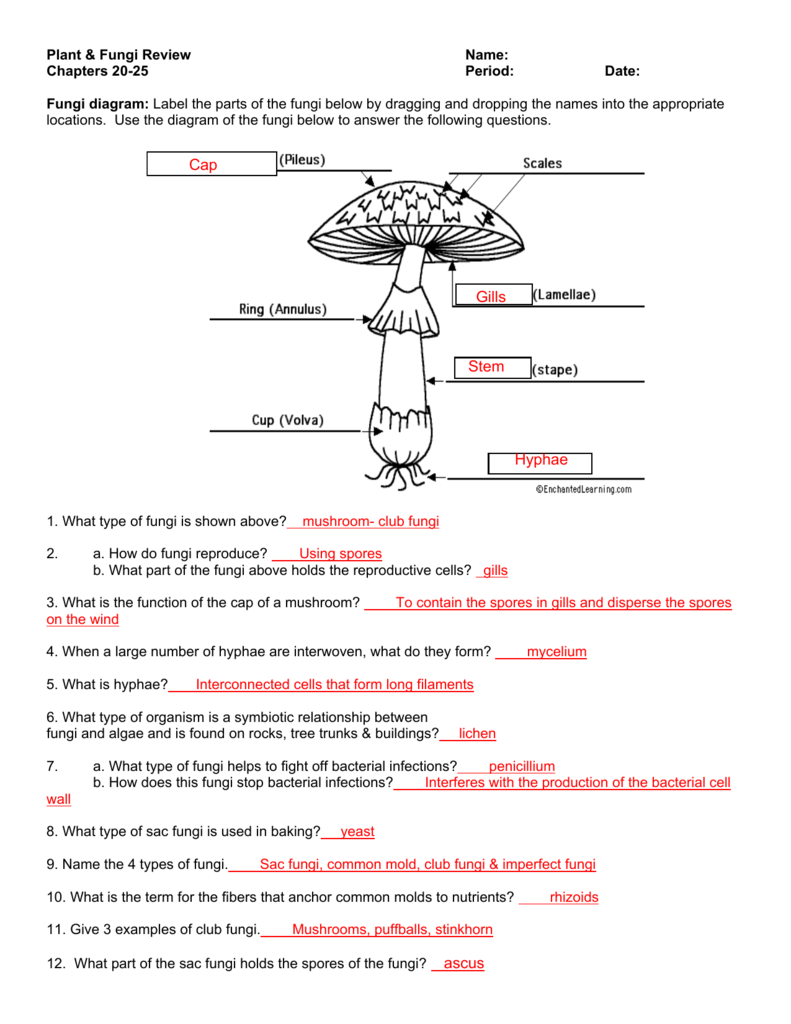



Fungi Plant Review2 Answers
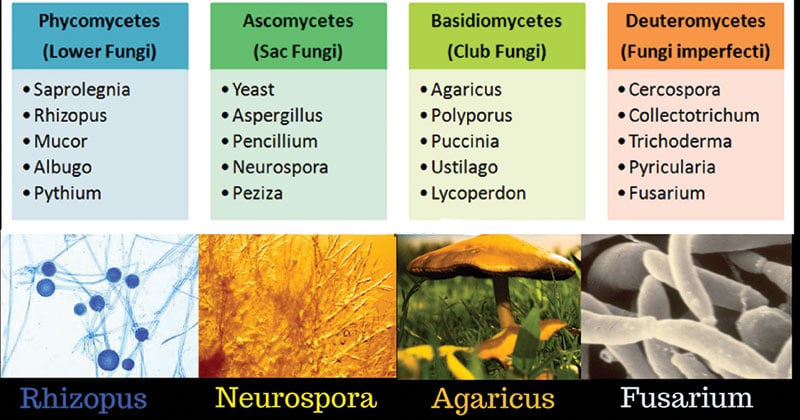



Classification Of Fungi Mycology Microbe Notes




Kingdom Fungi 1 Introduction To Fungi Mushrooms Toadstools
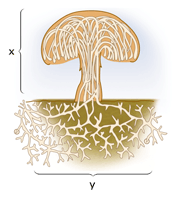



Chapter 18 Chapter Review




Ykjf2ihz9yj5wm



0 件のコメント:
コメントを投稿